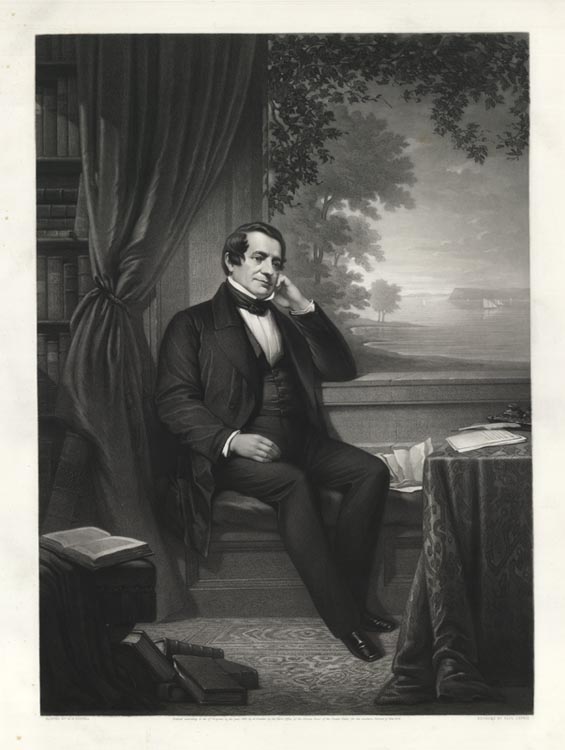In 1819, best-selling author Washington Irving wrote The Sketchbook of Geoffrey Crayon, gent., a collection of essays and stories. The book includes “The Legend of Sleepy Hallow” about a headless horseman riding through an area which is now Tarrytown, NY.
After the battle of White Plains in 1776, the country south of the Bronx River was abandoned by the Continental Army and occupied by the British. The Americans were fortified north of Peekskill leaving Westchester County a veritable no-man’s land vulnerable to outlaws and bandits.
It also includes “Rip Van Winkle”, a colonist residing in the Catskill Mountains whom after imbibing on spirit drink, sleeps for twenty years and misses the entire American Revolution.
Irving, born in Manhattan on April 3, 1783 at the end of the American Revolution, was named for George Washington who he met a few years later. He wrote a five-volume biography of his namesake as well as biographies of Muhammad and Oliver Goldsmith (an Irish novelist, play write and poet). He made his literary debut in 1802.
The Sketchbook, Irving’s best-known stories, was published after the Irving family fell into bankruptcy. Washington Irving is credited as the first American to make his living as an author. Also, the first writer to American to achieve acclaim in Europe. And he inspired other great American writers such as, Nathaniel Hawthorne, Henry Wadsworth Longfellow, Herman Melville and Edgar Allan Poe. He was admired by British authors – Lord Byron, Thomas Campbell, Charles Dickens and Mary Shelley. Irving was a staunch advocate for legitimizing writing as a profession and fought for copyright protection.
The Sketchbook was first released in June 1819. Irving continued to revise for both American and British readers. January 1, 1820, the fifth American installment, saw the addition of several Christmas stories based on the celebration of Christmas in an English manor house.
The sketches feature a squire who invited the peasants into his home for the holiday. In contrast to the problems faced in American society, the two groups mingled effortlessly. In Irving’s mind, Christmas should be a peaceful, warm-hearted holiday bringing groups together across lines of wealth or social status. Irving’s fictitious celebrants enjoyed “ancient customs,” including the crowning of a Lord of Misrule. Irving’s book, however, was not based on any holiday celebration he had attended – in fact, many historians say that Irving’s account actually “invented” tradition by implying that it described the true customs of the season.
Irving Cliff in Honesdale is named for Washington Irving, who was a close and dear friend of Mayor Philip Hone. So, as we gather, or not, this holiday season, when you see the star atop Irving Cliff, give a nod of thanks to Mr. Irving for creating some Christmas traditions 100 years ago.
Follow us on Instagram and Facebook @PoconoSecrets Visit www.LAGuzda.com or www.PoconoSecrets.com for past articles.


